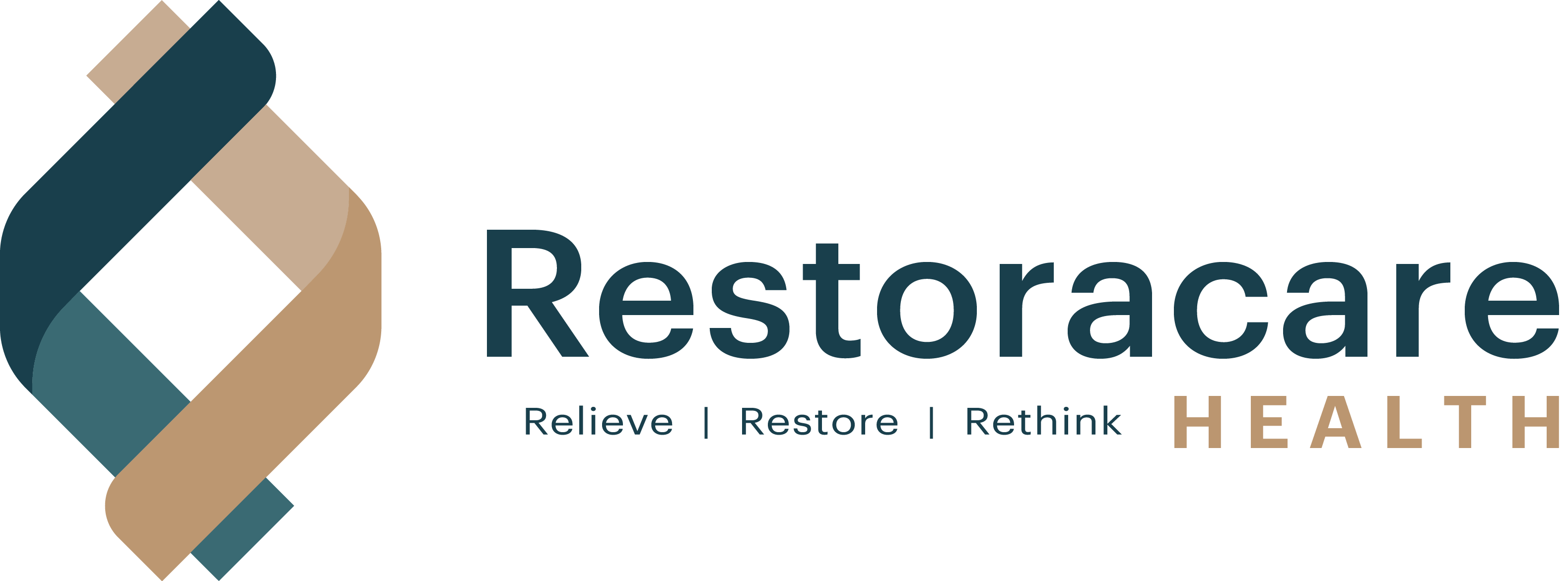[vc_row][vc_column width=”2/3″][woodmart_title size=”medium” font_weight=”600″ align=”left” style=”bordered” woodmart_css_id=”60c2766c84a49″ title=”Common Lower Back Conditions we treat” title_width=”100″][vc_row_inner][vc_column_inner][vc_column_text text_larger=”no”]
[/vc_column_text][/vc_column_inner][/vc_row_inner][/vc_column][vc_column width=”1/3″][vc_single_image image=”8782″ img_size=”full” alignment=”center” css_animation=”wd-left-flip-y” parallax_scroll=”no”][/vc_column][/vc_row][vc_row mobile_bg_img_hidden=”no” tablet_bg_img_hidden=”no” woodmart_parallax=”0″ woodmart_gradient_switch=”no” row_reverse_mobile=”0″ row_reverse_tablet=”0″ woodmart_disable_overflow=”0″ el_id=”back-pain-and-stiffness”][vc_column][woodmart_title size=”medium” font_weight=”600″ align=”left” style=”bordered” woodmart_css_id=”60bff1eb86cfd” title=”Back Pain and Stiffness” title_width=”100″ after_font_size=”eyJwYXJhbV90eXBlIjoid29vZG1hcnRfcmVzcG9uc2l2ZV9zaXplIiwiY3NzX2FyZ3MiOnsiZm9udC1zaXplIjpbIiAudGl0bGUtYWZ0ZXJfdGl0bGUiXX0sInNlbGVjdG9yX2lkIjoiNjBiZmYxZWI4NmNmZCIsImRhdGEiOnsiZGVza3RvcCI6IjE1cHgifX0=” after_color=”eyJwYXJhbV90eXBlIjoid29vZG1hcnRfY29sb3JwaWNrZXIiLCJjc3NfYXJncyI6eyJjb2xvciI6WyIgLnRpdGxlLWFmdGVyX3RpdGxlIl19LCJzZWxlY3Rvcl9pZCI6IjYwYmZmMWViODZjZmQiLCJkYXRhIjp7ImRlc2t0b3AiOiIjMmQyZDJkIn19″][vc_column_text text_larger=”no”]
Back pain is one of the most common complaints we treat. It affects nearly 60 – 80 % of people throughout their lifetime. The root cause can range from a muscle spasm, a stuck joint to a disc herniation. Whatever the cause we have successfully helped over thousands of patients with their back aches and pains.
Symptoms:
• Dull pain or ache in the back
• Muscle spasms and/or tightness in the low back, pelvis, hip area
• Difficulty getting up, standing straight, or walking
• Pain that extends down towards the glutes or legs
When to see a Clinician:
If you’ve been experiencing persistent back pain for over 3 days. When you have had a history of previous low back pain or if you have any pain or numbness that extends down towards the legs. It’s time to see a chiropractor, physiotherapist and/or registered massage therapist to see how we can help.
What treatment to Expect:
• Identifying the painful spots or “knots” in your back that have been lingering around
• Using deep muscle pressure and stretches to alleviate and have you feeling and moving better
• We want you to leave the clinic better than you did coming in. Talk to us to see how we can help[/vc_column_text][/vc_column][/vc_row][vc_row mobile_bg_img_hidden=”no” tablet_bg_img_hidden=”no” woodmart_parallax=”0″ woodmart_gradient_switch=”no” row_reverse_mobile=”0″ row_reverse_tablet=”0″ woodmart_disable_overflow=”0″ el_id=”sciatica”][vc_column][woodmart_title size=”medium” font_weight=”600″ align=”left” style=”bordered” woodmart_css_id=”60c27c009c8ce” title=”Sciatica” title_width=”100″ after_font_size=”eyJwYXJhbV90eXBlIjoid29vZG1hcnRfcmVzcG9uc2l2ZV9zaXplIiwiY3NzX2FyZ3MiOnsiZm9udC1zaXplIjpbIiAudGl0bGUtYWZ0ZXJfdGl0bGUiXX0sInNlbGVjdG9yX2lkIjoiNjBjMjdjMDA5YzhjZSIsImRhdGEiOnsiZGVza3RvcCI6IjE1cHgifX0=” after_color=”eyJwYXJhbV90eXBlIjoid29vZG1hcnRfY29sb3JwaWNrZXIiLCJjc3NfYXJncyI6eyJjb2xvciI6WyIgLnRpdGxlLWFmdGVyX3RpdGxlIl19LCJzZWxlY3Rvcl9pZCI6IjYwYzI3YzAwOWM4Y2UiLCJkYXRhIjp7ImRlc2t0b3AiOiIjMmQyZDJkIn19″][vc_column_text text_larger=”no”]
Sciatica’ refers to pain and inflammation that affects the sciatic nerve, which travels from the lower back and down the leg. The source of irritation varies, but this pain can occur as a result of a bulging lumbar disc, tightness in the hip musculature and other conditions such as a spondylolisthesis. The pain experienced with sciatica is often worse in the affected leg compared with the back and may be accompanied with neurological signs such as pins and needles, numbness or weakness.
Symptoms:
• Dull pain or ache in the buttock or back
• Muscle spasms and/or tightness in the low back
• Difficulty getting up, standing straight, or walking
When to see a Clinician?
These injuries have a large impact on the way we move, causing a host of associated areas of muscle tightness and immobility. If you you’ve noticed an increased difficulty with putting on shoes and socks, crossing your legs and other general exercise, it may be time to consult with a chiropractor or physiotherapist to guide you through recovery.
What treatment should you expect?
• We are your local experts in treating sciatica, early pain-relieving interventions including the usage of acupuncture, electrical stimulation and positions of relief may be used
• Once your pain is managed, we will identify the driving force behind your symptoms to accurately provide the proper treatment and rehabilitation strategies
• This has been proven to quickly relieve pain and most importantly, prevent this injury from reoccurring or flaring up.[/vc_column_text][/vc_column][/vc_row][vc_row mobile_bg_img_hidden=”no” tablet_bg_img_hidden=”no” woodmart_parallax=”0″ woodmart_gradient_switch=”no” row_reverse_mobile=”0″ row_reverse_tablet=”0″ woodmart_disable_overflow=”0″ el_id=”disc-herniation”][vc_column][woodmart_title size=”medium” font_weight=”600″ align=”left” style=”bordered” woodmart_css_id=”60c27c3c7b2df” title=”Disc Herniation” title_width=”100″ after_font_size=”eyJwYXJhbV90eXBlIjoid29vZG1hcnRfcmVzcG9uc2l2ZV9zaXplIiwiY3NzX2FyZ3MiOnsiZm9udC1zaXplIjpbIiAudGl0bGUtYWZ0ZXJfdGl0bGUiXX0sInNlbGVjdG9yX2lkIjoiNjBjMjdjM2M3YjJkZiIsImRhdGEiOnsiZGVza3RvcCI6IjE1cHgifX0=” after_color=”eyJwYXJhbV90eXBlIjoid29vZG1hcnRfY29sb3JwaWNrZXIiLCJjc3NfYXJncyI6eyJjb2xvciI6WyIgLnRpdGxlLWFmdGVyX3RpdGxlIl19LCJzZWxlY3Rvcl9pZCI6IjYwYzI3YzNjN2IyZGYiLCJkYXRhIjp7ImRlc2t0b3AiOiIjMmQyZDJkIn19″][vc_column_text text_larger=”no”]
Lumbar disc herniation is a common low back disorder. It is one of the most common diseases that produces low back pain and/or leg pain in adults. These discs are located in-between your vertebrae and are often described as ‘jelly donuts’. A herniation occurs when a tear or rupture is present – this causes the disc to press on the spinal nerves, which may cause severe pain or numbness in the low back or in the legs.
Symptoms:
• Dull pain or ache in the back, often worse with bending
• Numbness or weakness in the area
• Muscle spasms and/or tightness in the back
• Difficulty getting up, standing straight, or walking
When to see a Clinician?
If you have persistent pain and/or numbness that has been lasting for over a week that does not respond to heat, ice or over the counter medication. It’s time to seek a professional, our chiropractors and physiotherapists specialize in managing disc herniations, our goal is to get you back moving as soon as possible.
What treatment should you expect?
• Early pain-relieving interventions including the usage of acupuncture, electrical stimulation and positions of relief may be used
• Once your pain is managed, we will identify the driving force behind your symptoms to accurately provide the proper treatment and rehabilitation strategies
• This has been proven to quickly relieve pain and most importantly, prevent this injury from reoccurring or flaring up.[/vc_column_text][/vc_column][/vc_row][vc_row mobile_bg_img_hidden=”no” tablet_bg_img_hidden=”no” woodmart_parallax=”0″ woodmart_gradient_switch=”no” row_reverse_mobile=”0″ row_reverse_tablet=”0″ woodmart_disable_overflow=”0″ el_id=”sacroiliac-joint-dysfunction”][vc_column][woodmart_title size=”medium” font_weight=”600″ align=”left” style=”bordered” woodmart_css_id=”60c27ca35262c” title=”Sacroiliac Joint Dysfunction” title_width=”100″ after_font_size=”eyJwYXJhbV90eXBlIjoid29vZG1hcnRfcmVzcG9uc2l2ZV9zaXplIiwiY3NzX2FyZ3MiOnsiZm9udC1zaXplIjpbIiAudGl0bGUtYWZ0ZXJfdGl0bGUiXX0sInNlbGVjdG9yX2lkIjoiNjBjMjdjYTM1MjYyYyIsImRhdGEiOnsiZGVza3RvcCI6IjE1cHgifX0=” after_color=”eyJwYXJhbV90eXBlIjoid29vZG1hcnRfY29sb3JwaWNrZXIiLCJjc3NfYXJncyI6eyJjb2xvciI6WyIgLnRpdGxlLWFmdGVyX3RpdGxlIl19LCJzZWxlY3Rvcl9pZCI6IjYwYzI3Y2EzNTI2MmMiLCJkYXRhIjp7ImRlc2t0b3AiOiIjMmQyZDJkIn19″][vc_column_text text_larger=”no”]
Sacroiliac Joint Dysfunction occurs in the sacroiliac joints – the largest joint of your body that connects your lower spine and pelvis. It can cause pain in the buttocks that can spread down to one or both legs. This dysfunction can occur from many different reasons. It could be due to an injury or accident where there was a heavy impact that damaged the sacroiliac joints, sitting for prolonged periods of times, pregnancy and arthritis.
Symptoms:
• Pain with prolonged walking, especially up stairs or uphill
• Discomfort when standing for too long
• Putting more weight on one leg than the other
• Pain when running
• Limited range of motion in your hips
When to see a Clinician?
If you have tried over the counter medication and stretches with no relief. It may be time to see a chiropractor, physiotherapist or registered massage therapist who can determine the source of pain – whether it’s coming from your joint or muscle and provide you with relief.
What treatment should you expect?
• We want to hear your story – this gives us clues to any triggers to avoid and identifies positions of relief which will help your recovery
• A thorough physical examination to identify painful spots in your body
• Together, we will create a treatment plan that works around your schedule and needs
This plan may include a mixture of deep muscle therapy, acupuncture, joint mobilizations and prescriptive rehabilitation to get you back to moving and feeling better[/vc_column_text][/vc_column][/vc_row][vc_row mobile_bg_img_hidden=”no” tablet_bg_img_hidden=”no” woodmart_parallax=”0″ woodmart_gradient_switch=”no” row_reverse_mobile=”0″ row_reverse_tablet=”0″ woodmart_disable_overflow=”0″ el_id=”postural-dysfunctions”][vc_column][woodmart_title size=”medium” font_weight=”600″ align=”left” style=”bordered” woodmart_css_id=”60c27cde2dfa2″ title=”Postural Dysfunctions” title_width=”100″ after_font_size=”eyJwYXJhbV90eXBlIjoid29vZG1hcnRfcmVzcG9uc2l2ZV9zaXplIiwiY3NzX2FyZ3MiOnsiZm9udC1zaXplIjpbIiAudGl0bGUtYWZ0ZXJfdGl0bGUiXX0sInNlbGVjdG9yX2lkIjoiNjBjMjdjZGUyZGZhMiIsImRhdGEiOnsiZGVza3RvcCI6IjE1cHgifX0=” after_color=”eyJwYXJhbV90eXBlIjoid29vZG1hcnRfY29sb3JwaWNrZXIiLCJjc3NfYXJncyI6eyJjb2xvciI6WyIgLnRpdGxlLWFmdGVyX3RpdGxlIl19LCJzZWxlY3Rvcl9pZCI6IjYwYzI3Y2RlMmRmYTIiLCJkYXRhIjp7ImRlc2t0b3AiOiIjMmQyZDJkIn19″][vc_column_text text_larger=”no”]
Have you ever had pain while sitting? While working on your laptop? Or noticed someone who sits like a shrimp?
Postural Dysfunctions is simply bad posture and how that can lead to a long list of discomfort affecting the neck, back, shoulders and hips. You or someone you know may have an uncomfortable amount of tension and pain in these areas. We often see postural issues arise from slouching, not having proper back support and excessive forward head tilt – this puts increased strain on the muscles and can eventually lead to aches and pains. Unfortunately, due to occupational demands, we’re sometimes unable to modify our work environment – that’s why Restoracare Health practitioners are here to help
Symptoms:
• Muscle tightness and lack of flexibility
• Dull ache or pain in the neck, mid-low back and/or shoulders
• Headaches
• Joint stiffness
When to see a Clinician?
If you find yourself constantly feeling tense, self-massaging yourself and daydream of receiving massages, it may be time to see a chiropractor, physiotherapist or registered massage therapist who can help you feel taller and lighter so you can get back to moving and feeling better.
have experienced an increase in pain or weakness, find daily activities more difficult or finding the pain affected your sleep.
What treatment should you expect?
• We want to hear your story – this gives us clues to any triggers to avoid and identifies positions of relief which will help your recovery
• A thorough physical examination to identify painful spots in your body
• Together, we will create a treatment plan that works around your schedule and needs
This plan may include a mixture of deep muscle therapy, acupuncture, joint mobilizations and prescriptive rehabilitation to get you back to moving and feeling better[/vc_column_text][/vc_column][/vc_row]

